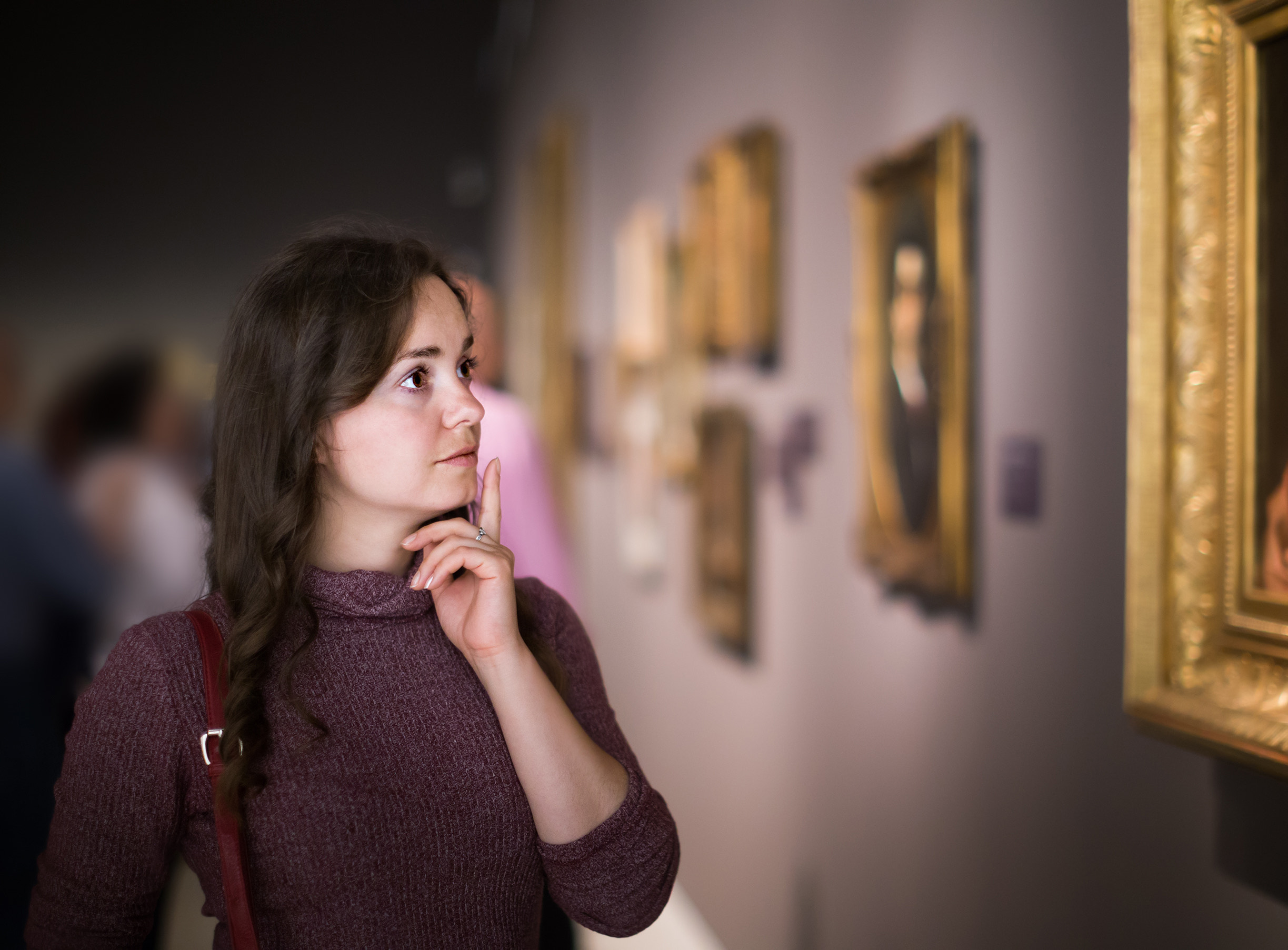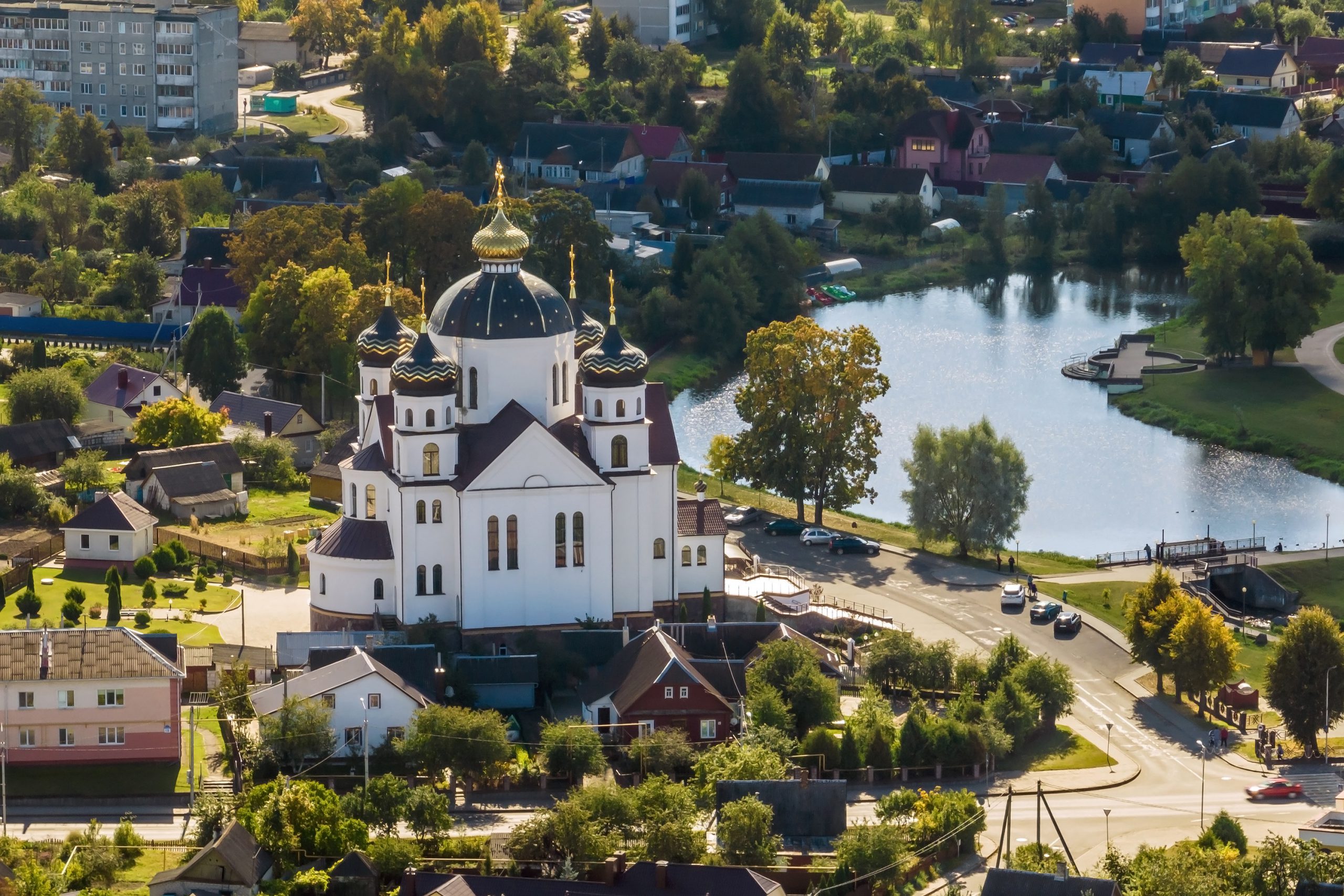
When we take ownership of a housepet, we do so with the understanding that the relationship cannot last forever. Eventually, nature must take its course and the unconditional love we receive from this addition to the household must end. In some cases, after a period of months or years, we choose to repeat the process and relive the joy and grief all over again. In rarer cases, such as the one depicted in Tom Krawczyk’s “My Duduś,” the relationship takes on a whole new meaning and nature must take its course in a different form.
During the pandemic, Krawczyk’s mother, Czeslawa, found herself caring for an abandoned baby squirrel that animal shelters could not receive at the time. Czeslawa ended up caring for the squirrel on her own. She fed him milk, gave him a place to sleep, and named him “Duduś.” As he got older, Duduś eventually became part of the family. The good-natured Czeslawa naturally grew attached to this squirrel as he, in turn, relied on her for companionship, food, and shelter. Under normal circumstances, it would seem this new family pet would become part of the household until its death. Of course, nature must take its course, and soon, Duduś yearns to be in the wild. Czeslawa must watch helplessly as he navigates harsh winters and new surroundings.
Krawczyk filmed “My Duduś” during lockdown while home from film school and captured some truly magical moments of bonding between his mother and the squirrel. Krawczyk doesn’t just go for the cute moments but stays focused on the positives and negatives of the situation. On the one hand, the squirrel had the good fortune to fall into her hands (almost literally) and to be looked after when there could have been a much more grim fate for this delicate creature. On the other hand, we can sense that Czeslawa has set herself up for heartbreak. Squirrels don’t make for good pets, which is why so few people own them. They belong in the wild.
Strangely, though, “My Duduś” ends on a more positive note than one expects as the film enters its second half. At only eight-and-a-half minutes, Krawczyk pares down a months-long experience of birth, nurturing and fleeing the nest into an emotionally satisfying and compelling narrative about how our love for our pets says a lot about our need for companionship. We all know we’re going to have to take our dog or cat or reptile or rodent to the vet and say goodbye someday. The moments of joy we feel during our time with them make the heartbreak worth it. We can only hope the pets themselves feel the same way. By the end of “My Duduś,” it feels like these critters share in the sentiment, and I will never look at a squirrel in my neighborhood in quite the same way again.

Q&A with director Tom Krawczyk
I know this started with you coming home from film school during the pandemic, but at what point did the camera come out on a regular basis?
I was camping in Wisconsin when my mom sent me a photo via text message of Duduś. He was probably only a day or two old because he was completely hairless and his eyes were still closed. The following day I returned to Chicago and found my mom in her spare bedroom, feeding Duduś with a special concoction made from goat’s milk, yogurt, and sour cream. She kept him warm in an old shoebox filled with blankets and a homemade heating pad made by microwaving a sock filled with rice. She said she left Duduś under the tree where she found him, but the mother never returned. She took him in when it started to get dark. The next day, we set Duduś under the tree again. He squeaked, calling for his mother, but again, she never showed up. It was around this time where my mother said that maybe I should start filming. I was reluctant, thinking the mother would still show up. But, it was the pandemic and I was stuck at home with nothing else to do. So I dusted off my Canon C100, charged the batteries and just started recording footage. By the fifth day, the camera was an arm’s length away, at all times. Even in my sleep, I began visualizing the various shots I could potentially take.
Were there any experiences you had with the squirrel personally that you remember?
My mom was the main caregiver, but at times, I’d have to take over. Duduś had to be fed every 2-3 hours, 5 or 6 times a day. It was a lot of work, like taking care of a real baby. I remember being in that spare room, with just a desk lamp on, feeding him with a pet syringe. At times, he wouldn’t want to eat or drink or he wouldn’t pee or poo for a few days and I’d start to worry that he’s not doing well. Sometimes, during feeding, little bubbles would come out of his nose. I remember doing research and it said that if a squirrel drinks too fast, the fluid can go into its nose, and sometimes into the lungs. If it gets into the lungs, it can result in pneumonia. I remember freaking out, thinking I wasn’t feeding Duduś properly and that he could die because of me. There was just a lot of worry on my end. But I did learn a lot. I studied tons and tons of online blogs from vets and other people who found squirrels. I feel like Duduś and I bonded a lot during those early days.

I’m sure a lot of people who see this have questions about there also being a cat in the house. Did a relationship build between them as well and were there any challenges there?
I knew that having a baby squirrel in a house with a cat was a bad idea. We never wanted the two to be introduced to one another. It happened by complete accident. At night my mom would bring Duduś in from the outside and put him in a cage. He didn’t have his own outdoor nest yet and my mom was worried that he may get attacked by some wild animal. When she prepared him for bed, she would walk him over to the spare room and put him in his cage. Only the desk lamp would be on in the room, keeping it dark so that Duduś could sleep. One night, she locked Duduś into his cage, not realizing that Louie the cat was in there sleeping. When she woke up the following morning to let him out, she nearly had a heart attack. When she opened the cage, Duduś was nestled between Louis’ arms, sleeping like a baby. They both stretched and yawned at the same time. They became best friends by mistake. We still used cation and tried to keep them separated as much as possible. Occasionally they would play and chase one another. Duduś was so fast and agile that Louie would just give up.
How has the making of this film changed the way you look at or think about animals?
I have gained a greater appreciation for the complexity and beauty of animals. Seeing Duduś grow up at home and in the wild, it helped me learn more about his habits and needs. It still amazes me how smart squirrels are. A lot of people just see them as rats with long tails but they’re highly intelligent creatures. Every time I see a squirrel now, I can’t help but think of Duduś. By caring for Duduś and observing his place in the ecosystem, I also gained a deeper understanding of the interconnectedness of all living things. This recognition has helped me appreciate the role that animals play in the world. Since filming Duduś, I find that when I’m outdoors, I’ll take my sweet time to watch the nature around me.
Were there any challenges in editing this down to a tight eight-and-a-half minutes?
From the beginning, my team and I established that we didn’t want this to be longer than 10 minutes. With so much online content, people often have shorter attention spans and may not have the time or patience to sit through a long documentary. We felt like short-form documentaries are more likely to hold viewers’ attention and keep them engaged throughout the entire film. Short docs are also more accessible than long-form docs. It’s easier to share them on online platforms, making them more likely to be seen by a wider audience. And that’s exactly what we wanted. We knew it was an endearing story, and by condensing the story into a shorter time frame, we were able to focus on the most impactful moments, resulting in a more intense emotional response.
I also asked Colin, our amazing editor, what he thought, and this is what he had to say: “Challenges were pretty typical of any doc in that there is always a large amount of footage. For Duduś, there was quite a lot because moments were filmed as they unfolded. That meant a lot of rolling the camera for longer periods of time to find that unique and honest moment. I think that because there are so many amazing moments with your mom and the squirrel, it was all about choosing the best one that served the story. We had so much great stuff, but it was making the hard choices of what to leave out of the film in order to get to the story’s core.”
What’s next for you?
Photography is my passion, especially when it comes to documentary photography and being on film sets. While attending film school in Poland, I discovered the niche job of unit still photography. It’s when photographs are taken on film sets and used in marketing for motion pictures and television productions. Since returning to Chicago, this has been my dream, to become part of the union and eventually work as a unit still photographer. In the meantime, I’m working on a few personal projects; I have accumulated dozens of hours of footage from a camera shop I used to work at. I’m slowly going through all the footage to see what can be created. I’m also working on an experimental poetic piece using Super 8 footage I took when I was in India. And since I already have a short documentary about my mother, I’m starting to plan a short animated documentary about my father. This is in the very beginning stages, though.




